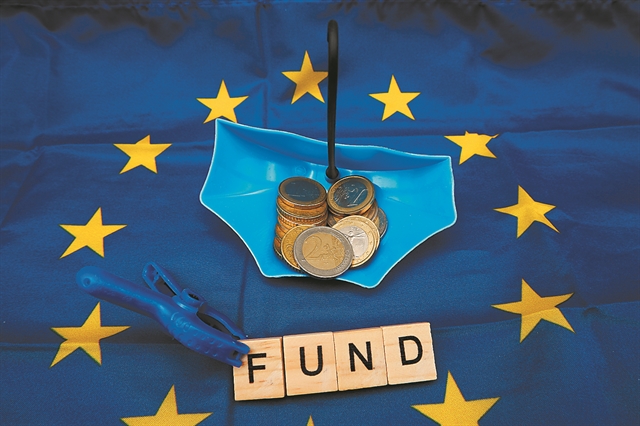
The participation of individuals and the readiness of banks to provide financing, will be the main wagers for the absorption of the funds to which Greece is entitled from the Recovery Fund, when it overcomes emerging snags and starts operating.
The procedures have already been delayed, which calls into question the June start of disbursements, as planned, which has caused frustration in countries in Europe’s South. If the impediments from northern European countries succeed, the result will be a delay in the recovery of the European economy, following the severe recessionary shock caused by the pandemic and the widening gap between north and south within the EU. The Eurozone will also remain in global second gear, after the pandemic, behind the US which is always more flexible in making similar decisions and China.
The latest information from Brussels states that the Recovery Fund will be activated by autumn at the latest and then Greek businesses, which will want to participate in the country’s investment recovery, will be under the pressure of time.
Getting funded
The operating framework of the Recovery Fund, which determines the disbursements of funds, provides for specific conditions, which consist of the provision of cheap, almost interest-free financing, bank loans and (necessarily) private participation. The aim is to mobilize as much private capital as possible.
The Greek plan has secured 12.7 billion euros in funding from the Recovery Fund, which will be channeled to the private sector to finance investments in specific sectors, which have been pre-determined and are included in the multi-page Greek plan submitted to the Commission. Priority areas are export business financing, investment in green and digital transitions, research and innovation, and business acquisitions and mergers.
But it also contains financial terms for each investment project which are the following:
- The state participation (resources of the Recovery Fund), in the form of almost interest-free financing (0.2 – 0.3%), will amount to 50% of the investment budget. The amount will be 12.7 billion euros and is the only variable that is specific in terms of its maximum amount.
- The private investor should secure a bank loan for 30% of the investment budget.
- The investor himself is obliged to participate in the investment plan with own funds amounting to at least 20% of the investment budget.
The financing conditions cause concern, due to the “special conditions” that prevail in the Greek economy, which are a “legacy” of the ten-year memoranda. Particularly:
- Banks with the huge burden of red loans, will have to secure the funds to finance 30% of the private investments that will be included in the Recovery Fund. The minimum amount of bank loans that will be required amounts to 7.6 billion euros, but in practice, the amounts of loans required will be higher.
- Interested private investors must have a bank profile, that is not in the “red”, in order to be able to borrow.
- Investors must have private equity available to invest. It is estimated that in order to exhaust the resources of the Recovery Fund, private funds of at least 5.1 billion euros will be required.
Recovery Fund appropriations of up to € 12.7 billion can mobilize investments of a minimum of € 25.5 billion, but it is estimated that their final amount (as investment projects will not be exactly in line with funding) will be around 30 billion euros.
Another important aspect is that potential private investors must prepare from now on for the submission of their enterpreneurial plans and especially their financial plans, so that they are ready to start the process, as the resources are specific and not unlimited.
Latest News
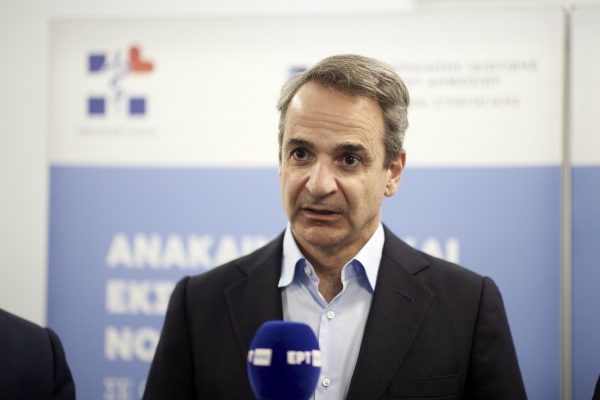
Greek PM Mitsotakis Says Fight Against Inflation Ongoing
The Premier made statement during a visit an an open vegetable market

Unpaid Taxes in Greece Reach 1.539bln Euros
As the figures revealed the number of debtors totaled 3,878,712 individuals and legal entities.
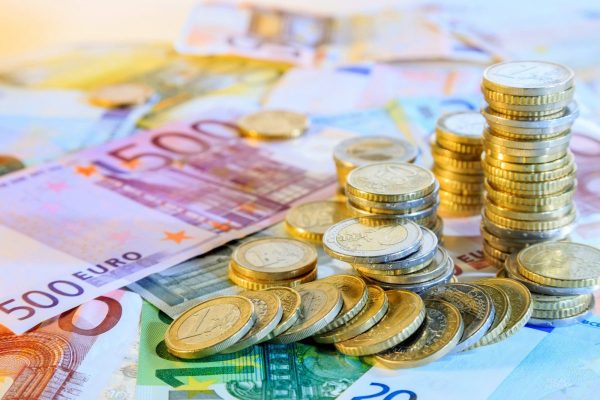
ELSTAT: Greek Primary Surplus Reaches 1.9% of GDP in 2023
Greek debt saw a slight dip to 356.7 billion euros by the end of 2023, down from 356.8 billion euros a year prior

Study: Greece in Top 5 Hotel Investments in Europe
As previously reported by OT, more than 60 hotel projects are set to be developed in Greece over the next four years

GEOAXIS Report: Office Rents Surge by 40% in Ten-Year Span
Geoaxis estimates that the different dynamics in the office market will continue into 2024/2025, predicting stability for older offices, increased demand for renovated spaces, and a slowdown in the rise of rents for modern, green offices

Greece: ‘Godparents’ Basket’ Debuts Today
As part of the program, Greek retailers are obliged to identify the lowest prices of certain categories of products traditionally purchased as Easter gifts by godparents for their godchildren between April 22 until May 4

Brain Waste in Greece: 22.74% of Migrants Overqualified for Jobs
Almost half of all college-educated migrants in Europe are overqualified for their jobs and twice as likely as natives to be unemployed, according to Lighthouse Reports
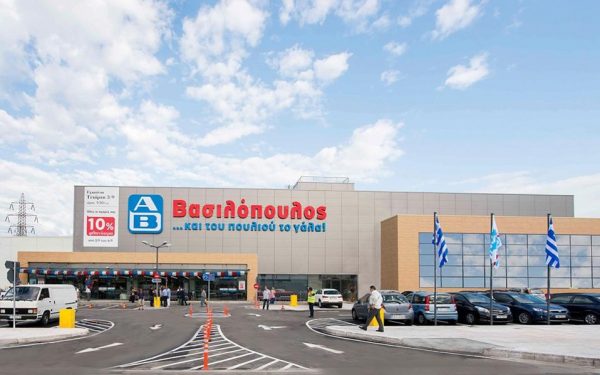
AB Vassilopoulos Supermarket Vies for 2nd Place in Greek Market
AB Vassilopoulos hopes its focus on its private label, addition of 2-3 company supermarkets and another 50 franchises will help it surpass LIDL

Greek Youth Struggle Amidst Low Wages and Soaring Expenses
Furthermore, 52.7% of respondents attribute Greece's current significant issues to governmental failure, while another 49.1% anticipate continued economic hardship in the nation's future
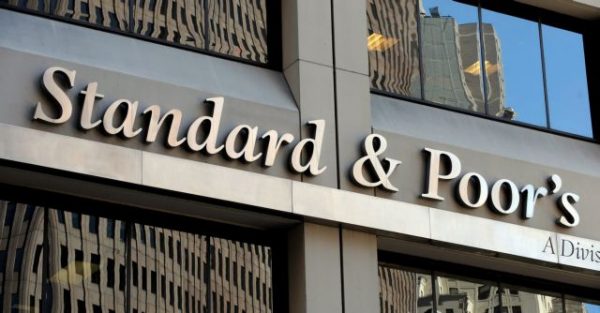
S&P Raises Greece Outlook to ‘Positive’; Rating Unchanged
The same international ratings agency in October 2023 raised the country’s creditworthiness to BBB- with a stable outlook






![Φυσικό αέριο: Γιατί είναι δύσκολη η απεξάρτηση από τη Ρωσία – Τα εμπόδια [Χάρτης]](https://www.ot.gr/wp-content/uploads/2022/07/gas-1-1-90x90.jpg)
















![Αυτοκινητόδρομος Ε65: Στην κυκλοφορία σήμερα και τα 136 χλμ. Λαμίας – Τρικάλων [χάρτης]](https://www.ot.gr/wp-content/uploads/2024/04/1-5-90x90.jpg)





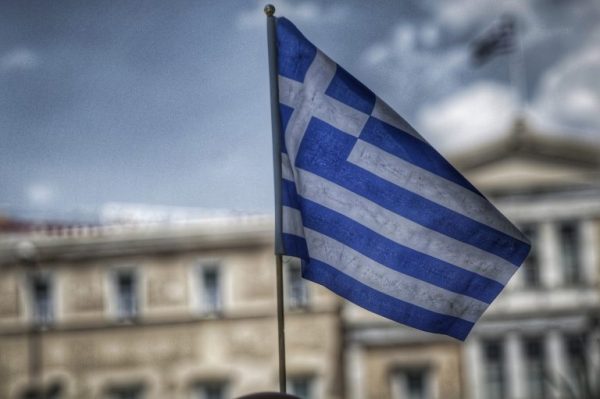
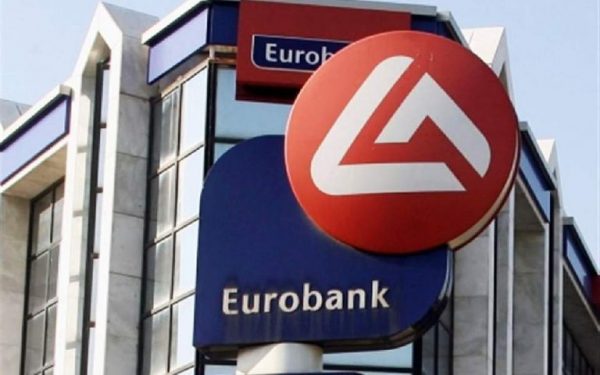
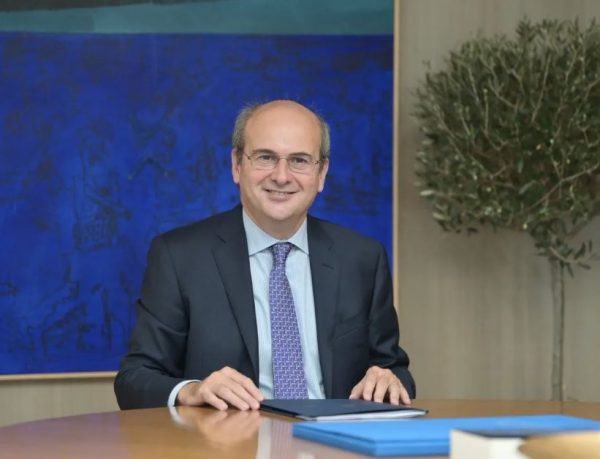
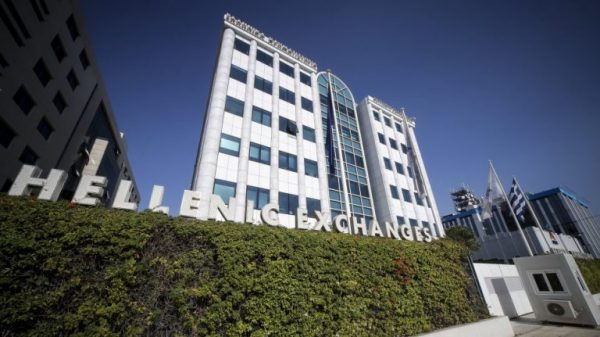



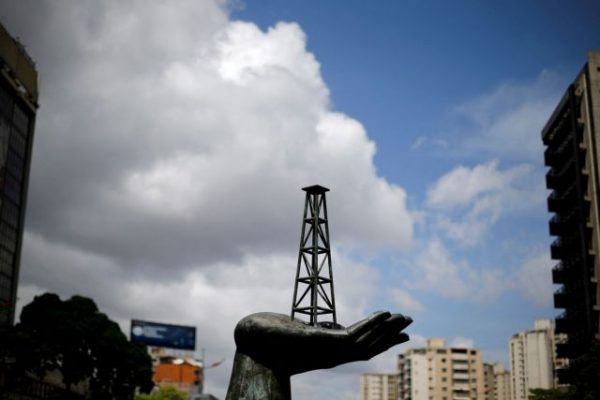

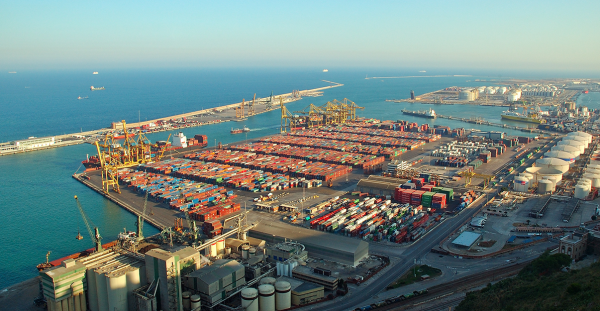






 Αριθμός Πιστοποίησης Μ.Η.Τ.232433
Αριθμός Πιστοποίησης Μ.Η.Τ.232433